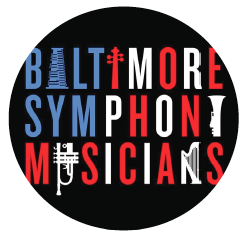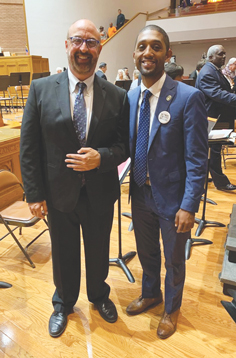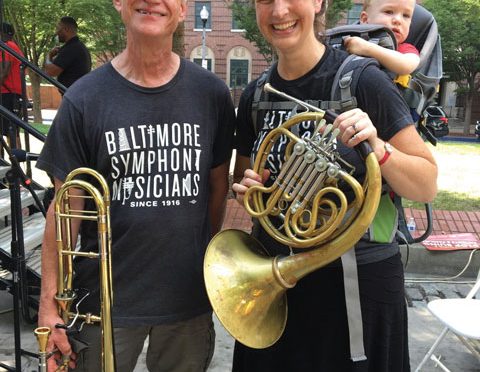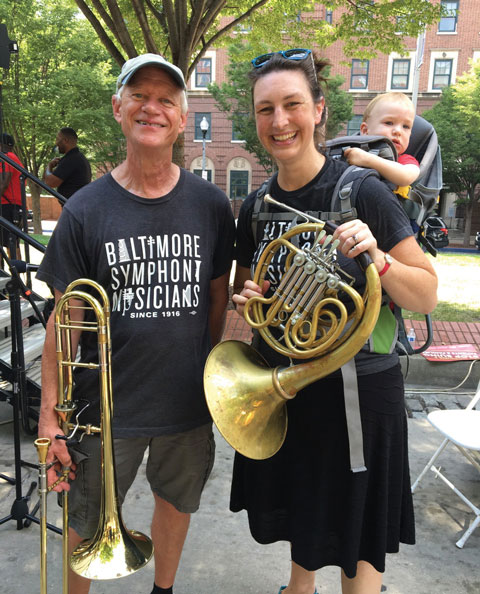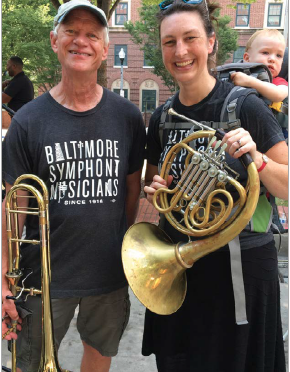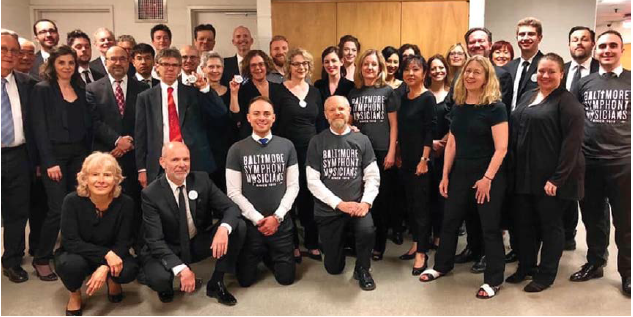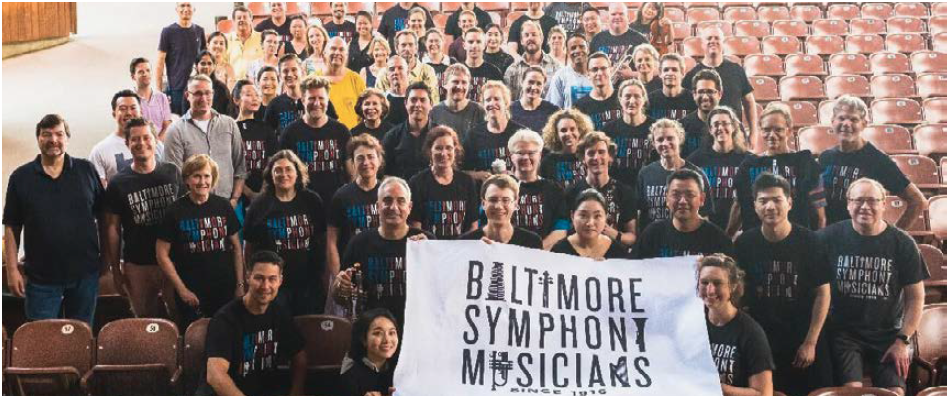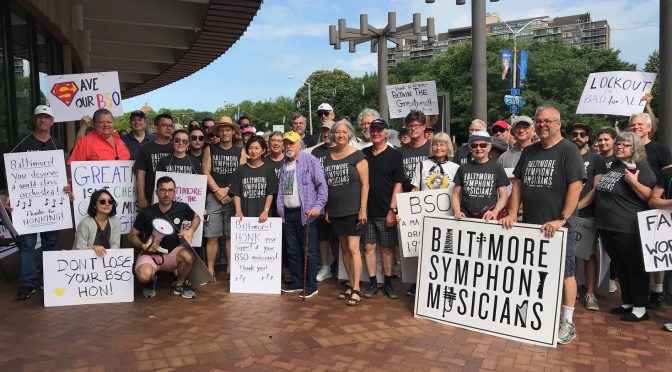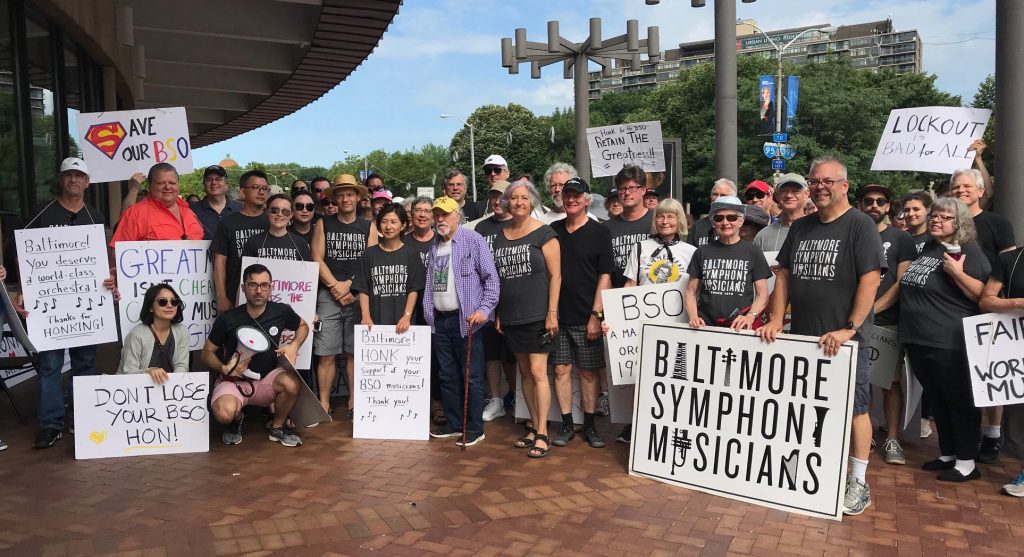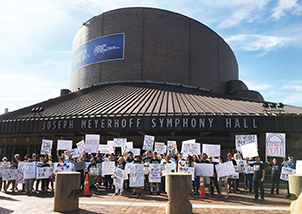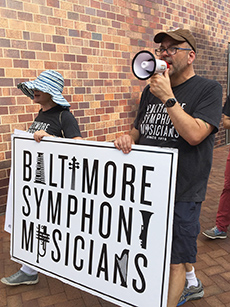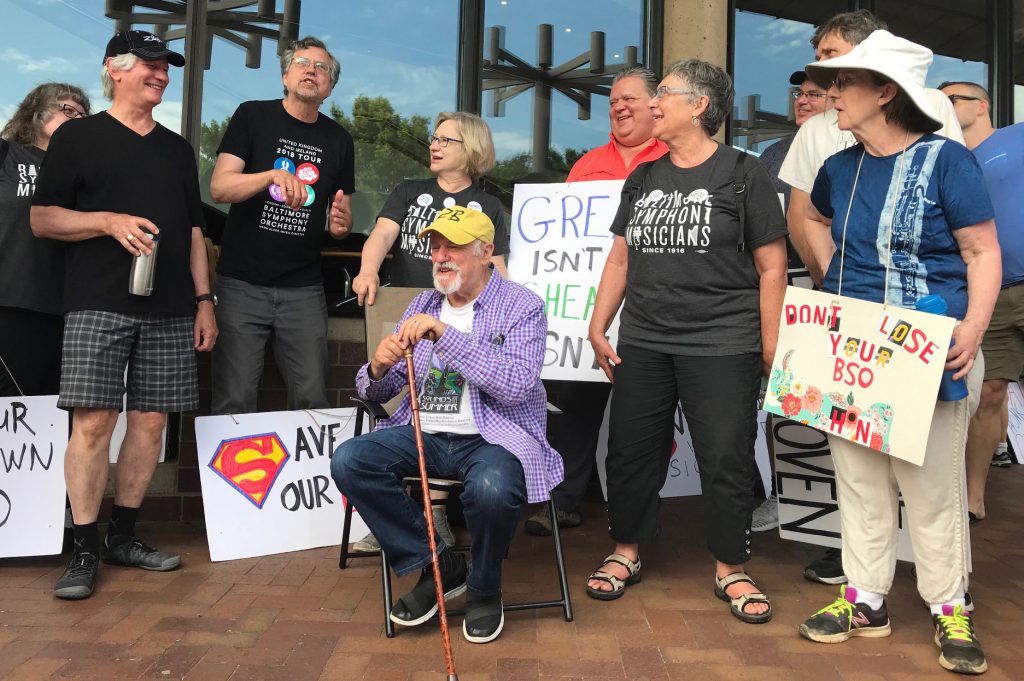On September 23, the Baltimore Symphony Musicians, members of Local 40-543 (Baltimore, MD), returned to the concert hall after a 14-week lockout. We made a very difficult decision to accept the terms of a one-year agreement that maintains our annual salary while working only 40 weeks out of the remaining 50 weeks during the 2019-20 season.
One provision of the agreement that the musicians achieved is a greater voice in the decision-making processes of the BSO. A Vision Committee has been established consisting of musicians, BSO staff, BSO board members, and community leaders. This group will be working together to solidify the finances of the organization, structure an additional two years onto the current agreement, and help establish the future direction of the BSO.
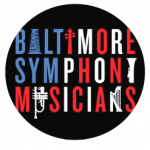
Several of the same Vision Committee members including musicians, staff, and board members are working together under the leadership of former Maryland State Senator Ed Kasemeyer as part of a state work group provided for by HB 1404, a bill passed by the Maryland General Assembly last spring that is also slated to provide $1.3 million in bridge funding for the orchestra. At a recent meeting of the work group, Michael Kaiser, of the DeVos Institute of Arts Management, offered his advice on how to help struggling arts organizations thrive. “Good art, well marketed” is his mantra.
Following this meeting, the BSO retained Kaiser as a consultant to help write a plan designed to help the organization begin a turnaround process. He has begun to meet with various stakeholders in the organization. He is doing research for an extensive internal and external environmental analysis. We look forward to hearing some preliminary feedback soon and a full report by early February. We are also hopeful that Kaiser’s involvement will inspire renewed donor confidence, the support of the state of Maryland, and return the attention of all of the stakeholders to the mission.
The most encouraging aspect of Kaiser’s approach is his assertion that the only way to create success for an arts organization is to put the art first. This seems obvious to all of us who have spent our lives sacrificing in so many ways to keep the music first. We can only hope that the rest of our organization’s leadership will finally see the light.


